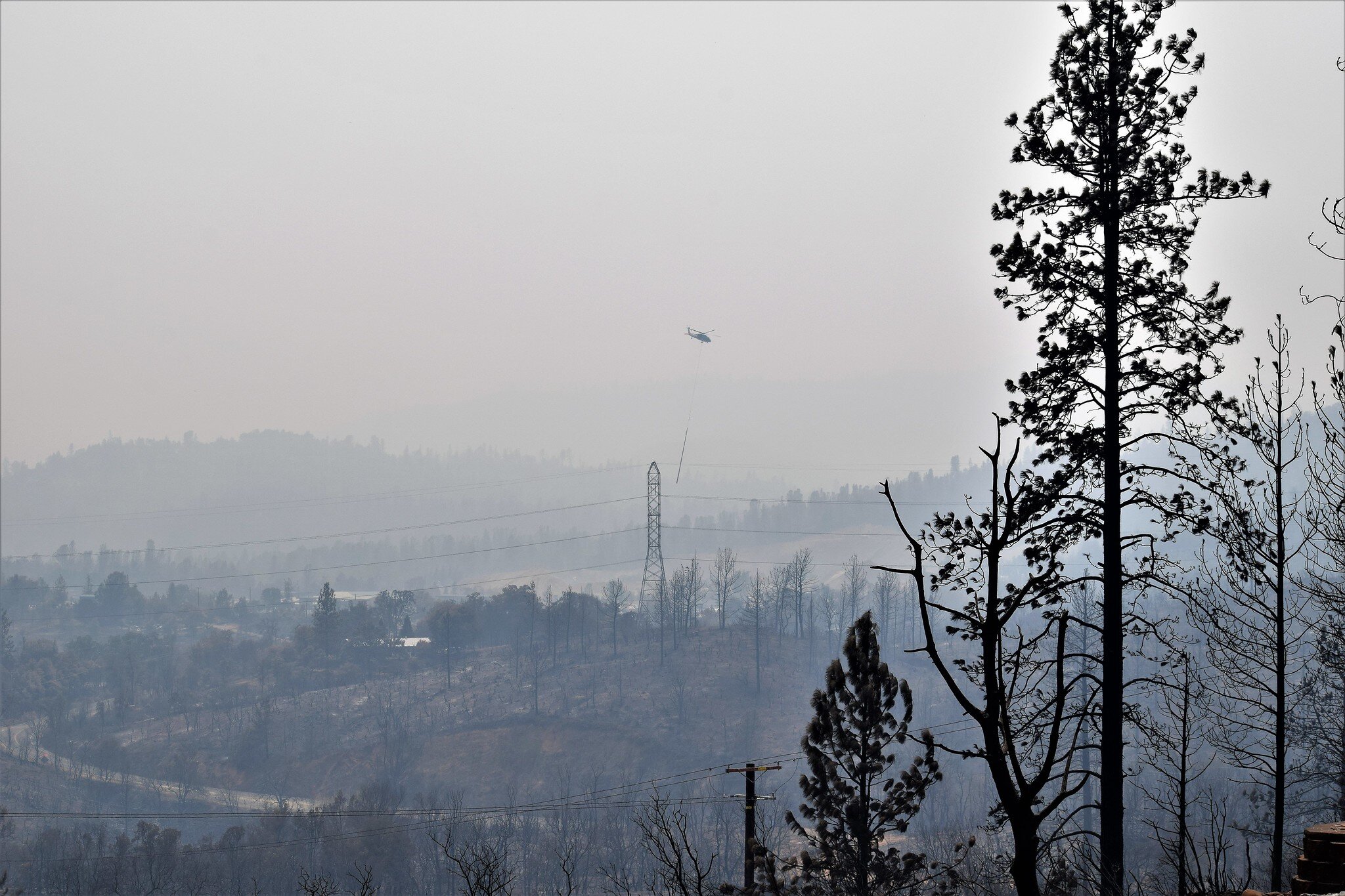By Catelyn Fitgerald ’23
Staff Writer
As wildfires raging across the West Coast have become increasingly common, some states have taken stock of wildfire management practices to determine how to address the threat of major fires. Recent struggles to properly prevent and manage wildfires come as no surprise to Indigenous peoples, whose land management practices were disrupted centuries ago by colonization.
Native Americans living in what today is California used to uphold a tedious burning regimen where small, controlled fires would be lit to encourage the growth of specific plants. One such tribe is the Karuk Tribe of California, who use knowledge of weather patterns and the local climate to determine when and where to light fires while posing minimal risk to vulnerable habitats and species. Plants that benefit from regular burning are often important elements of Indigenous life and culture. The North Fork Mono Tribe, for example, uses sumac branches as basket weaving material, and the burning of these plants encourages the growth of straight, flexible branches which are ideal for the craft. Reduced vegetation also leads to greater hunting success, as prey are able to move freely through the forest and are more visible to hunters.
Not only do burns serve practical purposes for Indigenous life, they are also key to the preservation of healthy ecosystems. Regular fires improve soil quality and are a part of the life cycles of some plants for which fire is a key facilitator of reproduction processes such as spore distribution. Cultural burning represents an important part of Indigenous philosophy, which is that humans are a part of how an ecosystem functions and cycles. It follows that the human relationship with the environment should enhance the ecosystems that it benefits from, rather than simply extracting resources from the environment without replenishment.
Cultural burning was a key part of the relationship between Indigenous peoples and their environment until colonizers arrived and brought with them an impression of fire as an evil entity and a regimen of fire suppression methods. In 1850, cultural burns were criminalized. When controlled burns no longer occurred at the same rate that they once had, flammable plant matter built up throughout forests in the West, causing fires to have the potential to grow quickly and cause extreme damage. Climate change adds to the favorable conditions for large fires as it worsens droughts and causes weather patterns that facilitate the spread of fires. Today, the use of fire suppression remains predominant in land management, but techniques used to fight wildfires, such as the digging of firelines or aerial dispersal of fire retardant, can pollute water resources and permanently alter physical environments.
As wildfires have grown more intense in recent years, government officials have begun to listen to Indigenous leaders and give tribes increased authority and space to engage in controlled burning. California has recently set a goal to reduce excess vegetation in 500,000 acres of forest, and several tribes are partnering with the U.S. Forest Service and land managers to achieve this through controlled burning. However, there are still barriers to cultural burning practices, as the necessary permits for burning may still be denied on the basis of air quality and liability concerns. Controlled burning also poses greater risks than it did when it was a common practice centuries ago, due to the buildup of plant matter during the practice’s cessation, which makes even small burns potentially harder to control.
Similar efforts by Indigenous peoples to increase cultural burning are gaining traction in Australia. Australia’s 2019-2020 bushfire season began earlier and was more destructive than it had been in past years. By early 2020, 46 million acres had burned, and an estimated three billion animals were killed or displaced during the span of the fires, many of which were endangered species. Indigenous communities were also affected by the fires, facing the loss of homes, community buildings and extensive damage to local ecosystems.
The history of Indigenous land management in Australia is similar to that of the U.S. Burning was commonplace among Indigenous people for thousands of years until it was slowly eradicated following Australia’s colonization in 1788.
While controlled burning is practiced in Australia today, contemporary methods are considered to be ineffective and Indigenous leaders are urging the government to allow them to restore their burning practices and engage in full-time land management. Recently, the New South Wales government formally accepted a recommendation to increase the use of cultural burns in fire prevention and published a report explaining its benefits.
As climate change is making extreme weather and natural disasters a reality around the world, national governments are beginning to listen to the urging of Indigenous leaders to incorporate cultural burns and other traditional practices into land management. A healed environment necessitates a reciprocal relationship between humans and the environment, and restoring land management practices is just one step towards the acknowledgment that resources must be cared for rather than exploited. Indigenous land management demands that we ask ourselves what we can do to support the plants, animals and ecosystems that support us.





